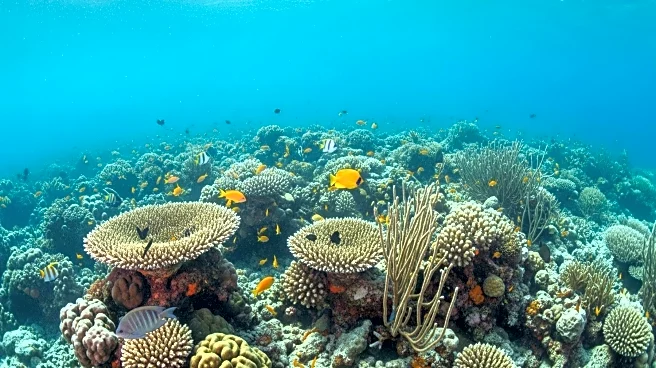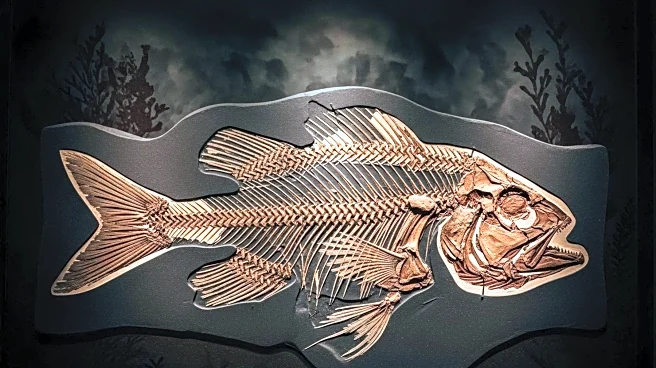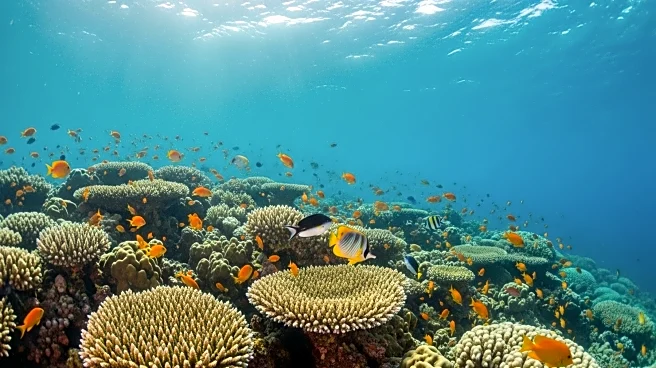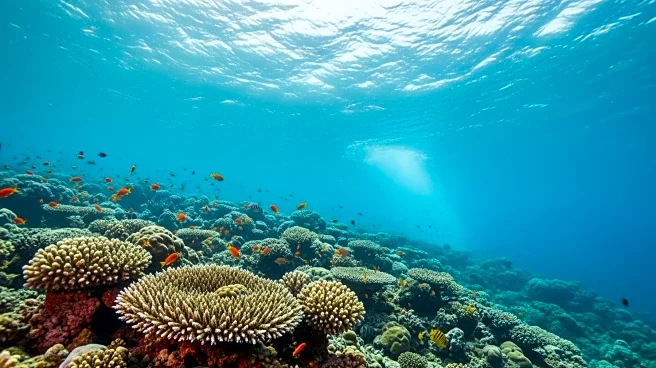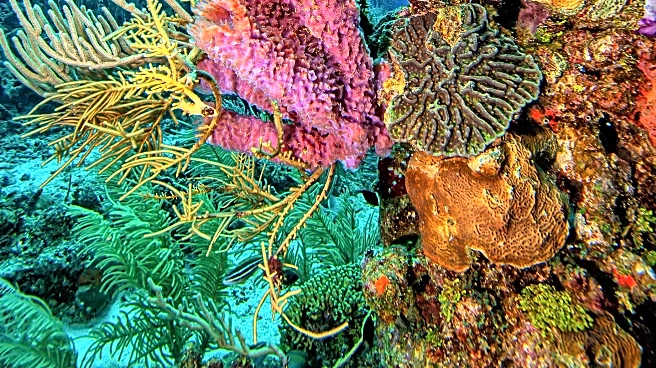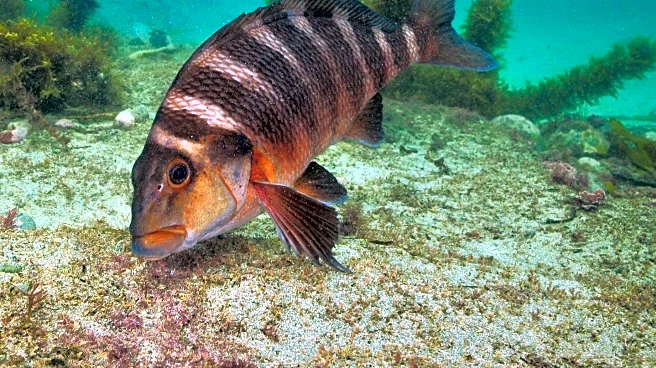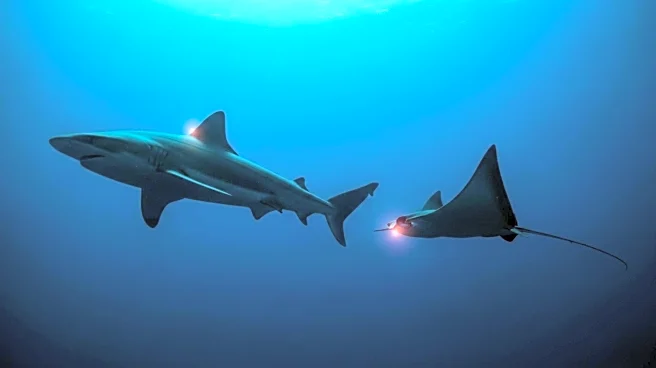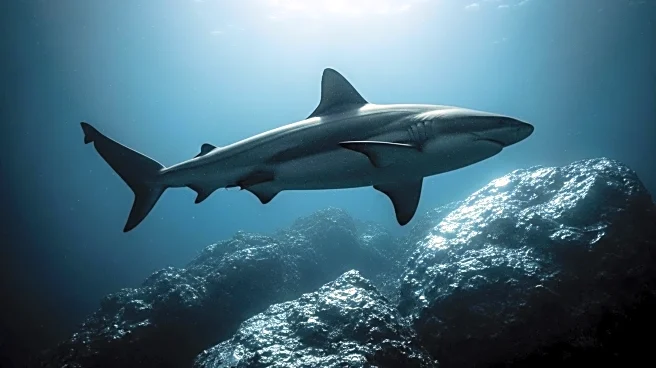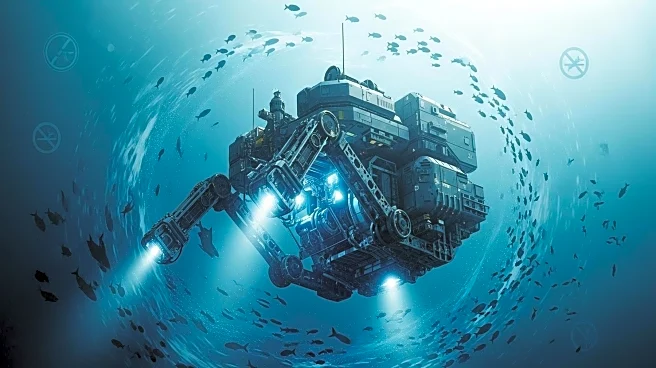What's Happening?
A recent study conducted by oceanographers at the University of Hawai'i at Mānoa has identified a significant threat to thirty species of sharks, rays, and chimaeras due to proposed deep-sea mining activities. The research, published in Current Biology, highlights that nearly two-thirds of these species are already at risk of extinction from human activities. Deep-sea mining, which involves disrupting the seafloor and releasing sediment plumes, could further elevate their extinction risk. The study, led by Aaron Judah, involved mapping the habitats of these species against areas designated for mining by the International Seabed Authority. The findings suggest that mining could impact the habitats of iconic species like the whale shark and lesser-known species such as the pygmy shark and point-nosed chimaera.
Why It's Important?
The study underscores the potential ecological impact of deep-sea mining on marine biodiversity. Sharks and their relatives are crucial to ocean ecosystems and are already the second most threatened vertebrate group due to overfishing. The additional threat from mining could exacerbate their decline, affecting not only the species themselves but also the broader marine ecosystems they support. The research calls for the inclusion of these species in environmental impact assessments and the establishment of monitoring programs to mitigate the risks. The findings are particularly relevant for regions like the Clarion-Clipperton Zone, where mining is proposed, and could influence international regulatory frameworks and conservation strategies.
What's Next?
The study's authors recommend several conservation measures, including the creation of protected areas and the integration of shark species into environmental assessments for mining projects. These recommendations could be adopted by the International Seabed Authority and mining contractors to minimize ecological damage. Ongoing research by the team aims to identify additional species at risk, potentially expanding the scope of conservation efforts. The study highlights the need for informed management decisions to balance resource extraction with marine conservation.

